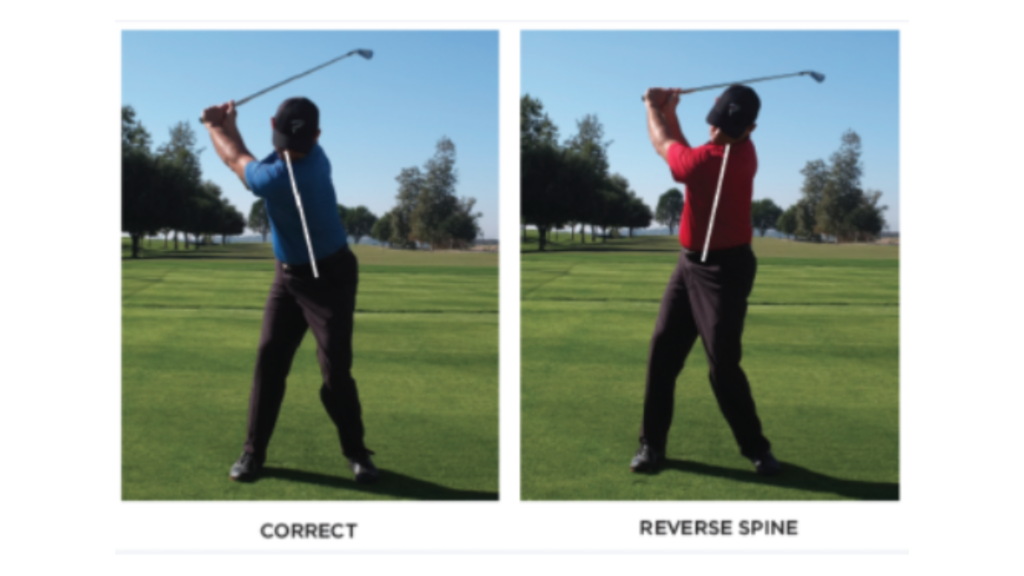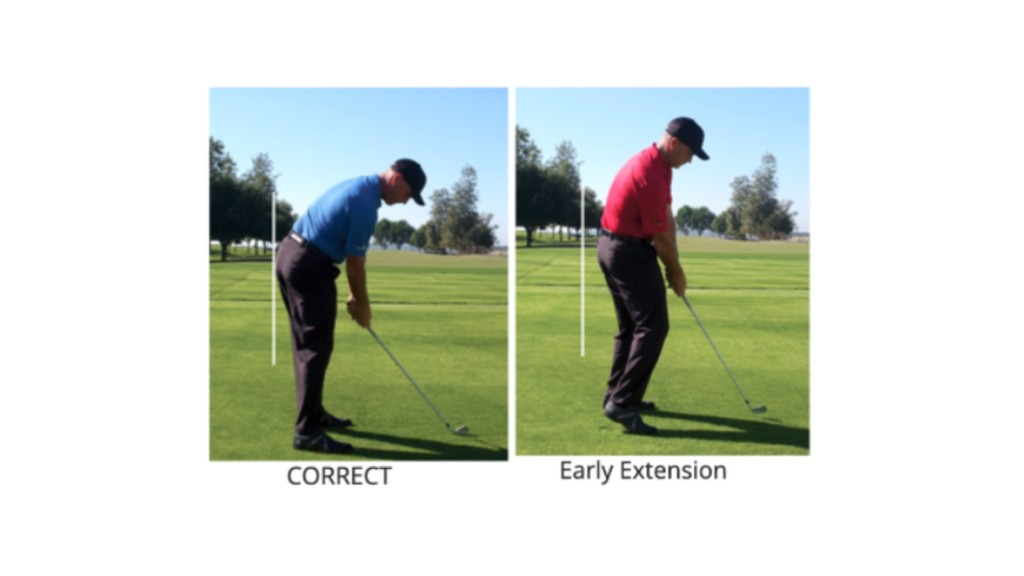As the cold weather has moved into KC, most courses have moved their golfers on the driving range to begin hitting off of mats instead of the grass.
This may not appear to be a big deal, however, one of the most common off-season injuries I see are in the wrist/hand. Not coincidentally, it’s often the same time they transitioned their practice time from hitting surfaces off the grass to the turf.
Playing and practicing healthy golf is always a top priority with RobertsPT and why this is an area I wanted to address as you practice this off-season.
Now, the best way to avoid this potentially less-than-ideal scenario of hitting off mats is to rack up frequent flyer miles and head south for the winter in sunny Arizona, Florida, or Palm Springs to continue hitting off real grass…
But for most of us, the turf and mats are our only option…so what do we do to avoid the adverse effects on our body including these flare-ups to our wrist/hand from the excessive forces of the impact from the mats?
A couple of suggestions to keep your body healthy hitting off mats this off-season:
#1 = Improve Your Lower Body Move
When someone has poor lower body mobility, or a poor ability to use their lower body in their golf swing, the upper body (wrist/hand) is forced to work harder and takes on way more stress than it was designed to handle in the swing. By improving your hip rotation and hip turn, you’re already helping to prevent (or improve) any upper body compensations and discomfort.
The best way to see if you’re good on suggestion #1 here is to assess your hip rotation mobility, right now, at home by checking out this home assessment – this is the most important area of your body to work on if you have any type of upper body/upper extremity discomfort or limitation – get to the root cause of your upper body discomfort..not chase or treat the symptoms!
#2 = Modify Your Practice Sessions
- Limit your total volume of practice time by hitting full swings
- Decrease the number of balls or time hitting irons
- Emphasize ‘drill work’ that doesn’t require full impact
- Alternate irons and drivers more frequently
- For example, do not hit irons for 45 straight minutes and then finish with the driver (or vice versa)
- Alternate 10 iron shots and 10 driver shots
- Practice your full pre-shot routine with every shot
- This will slow down the interval between shots to allow the wrist/hand to recover from the stress of the forces going through the wrist/hand at impact
- Most golf injuries are repetitive in nature….so slow down the repetition!
The off-season is a great time to practice on your game and work on your body in the gym. Don’t lose this valuable time by injuring your wrist/hand (or any area of your body) as your normal golf routines change and your body is forced to adapt to something new.
RobertsPT helps educate, equip, and train golfers to play for years to come with less pain and more distance. If you don’t have a trusted Doctor of Physical Therapy specializing in golf supervising your plan, I’d be happy to jump on a call to discuss your off-season goals. Call 214-998-9904 or email wade@robertspt.co.
Hit em’ straight,
Dr. Roberts
Click Here to Set Up a Call
Dr. Wade Roberts is a contributing writer for Central Links Golf. Dr. Roberts is the owner of Roberts PT, a golf PT and Performance Center in Kansas City. He graduated from Liberty University with a Bachelor of Science Degree in Kinesiology. He then earned his Doctor of Physical Therapy from Lynchburg College. Dr. Roberts is able to provide specialized therapies for a variety of patients but has a special interest in decreasing pain, increasing speed, and achieving longevity in the golf comm























